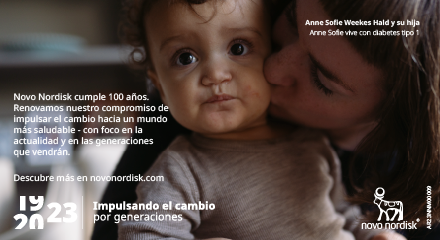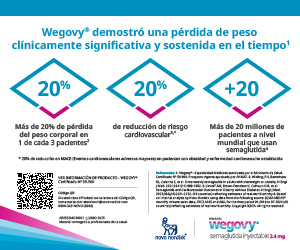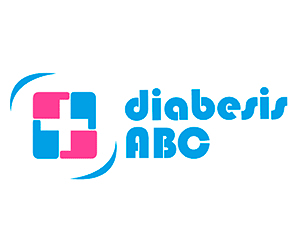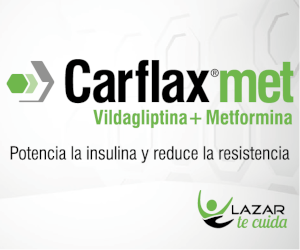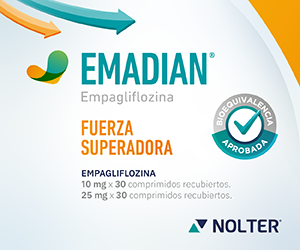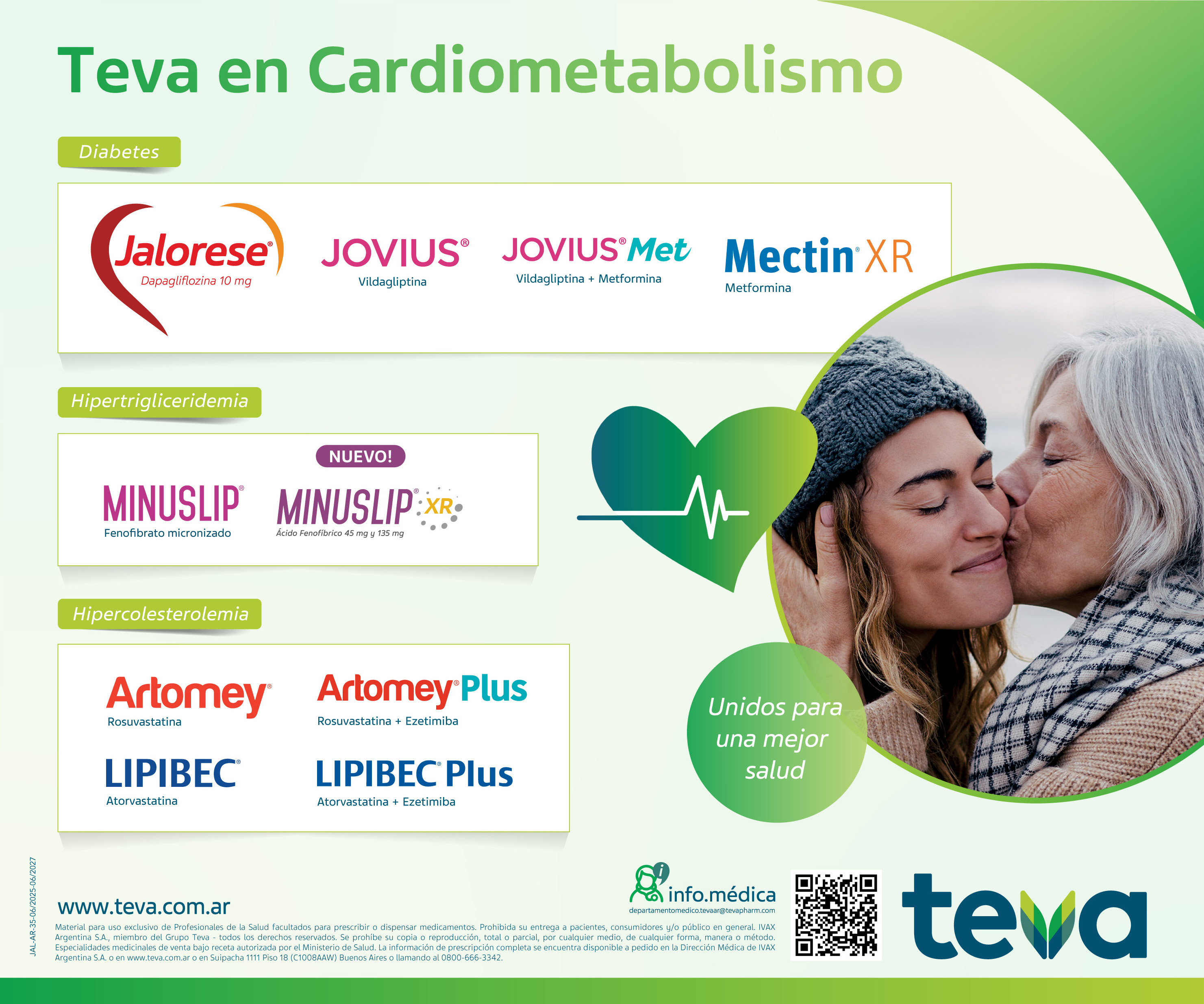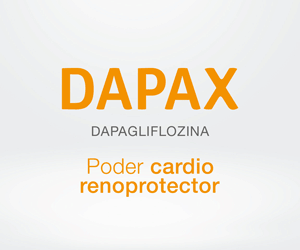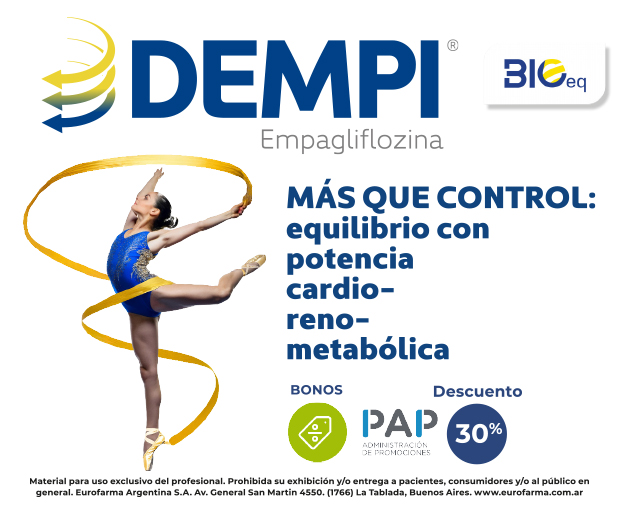Impacto del ejercicio físico en el manejo de la dislipidemia diabética
DOI:
https://doi.org/10.47196/diab.v52i3.129Palabras clave:
diabetes mellitus tipo 2, ejercicio, actividad física, dislipidemia diabéticaResumen
La actividad física genera una mejor aptitud cardiorrespiratoria o fitness cardiorrespiratorio (FCR). Un mayor FCR se asocia a numerosos beneficios: menor riesgo de mortalidad cardiovascular y por todas las causas, menor riesgo de hipertensión arterial (HTA) y de diabetes mellitus tipo 2 (DM2), menor riesgo de diversos cánceres y un menor riesgo de perfil lipídico desfavorable. En este último punto, la dificultad de realizar estudios clínicos aleatorizados de magnitud suficiente hace que la evidencia sea moderada. No obstante, puede afirmarse que los efectos del ejercicio sobre el perfil lipídico en pacientes DM2 son positivos, con un beneficio más manifiesto de los ejercicios aeróbicos y combinados, y sobre todo cuando el volumen y la intensidad del ejercicio son mayores.
Citas
Ross R, Blair S, Després JP, Levine B, et al. Importance of assessing cardiorespiratory fitness in clinical practice: a case for fitness as a clinical vital sign. A scientific statement from the American Heart Association. Circulation 2016; 134: e653-e699.
Bouchard C, Daw EW, Rice T, Pérusse L, Gagnon J, Province MA, Leon AS, Rao DC, Skinner JS, Wilmore JH. Familial resemblance for VO2max in the sedentary state: the HERITAGE family study. Med Sci Sports Exerc 1998; 30:252-258.
Jurca R, Jackson A, Blair S, Haskell W, et al. Assessing cardiorespiratory fitness without performing exercise testing. Am J Prev Med 2005; 29: 185-93.
Wei M, Gibbons LW, Kampert JB, Nichaman MZ, Blair SN. Low cardiorespiratory fitness and physical inactivity as predictors of mortality in men with T2DM. Ann Intern Med 2000; 132: 605-611.
Piercy KL, Troiano RP, Ballard RM, Carlson SA, Fulton JE, Galuska DA, George SM, Olson RD. The Physical Activity Guidelines for Americans. JAMA 2018.
Foster C, Hillsdon M, Thorogood M, Kaur A, Wedatilake T. Interventions for promoting physical activity. Cochrane Database of Systematic Reviews 2005; Issue 1. Art. No.: CD003180. Doi: 10.1002/14651858.CD003180.pub2.
Brouwers B, Hesselink MKC, Schrauwen P, Schrauweb-Hinderling VB. Effects of exercise training on intrahepatic lipid content in humans. Diabetologia 2016; 59: 2068-2079.
Balducci S, Zanuso S, Nicolucci A, De Feo P, Cavallo S, Cardelli P, Fallucca S, Alessi E, Fallucca F, Pugliese G; Italian Diabetes Exercise Study (IDES) Investigators. Effect of an intensive exercise intervention strategy on modifiable cardiovascular risk factors in subjects with type 2 diabetes mellitus: a randomized controlled trial: the Italian Diabetes and Exercise Study (IDES). Arch Intern
Med 2010; 170:1794-803.
Chudyk A, Petrella R. Effects of exercise on cardiovascular risk factors in type 2 diabetes. A meta-analysis. Diabetes Care 2011; 34:1228-1237.
Hayashino Y, Jackson JL, Fukumori N, Nakamura F, Fukuhara S. Effects of supervised exercise on lipid profiles and blood pressure control in people with type 2 diabetes mellitus: A meta-analysis of randomized controlled trials. Diabetes Research and Clinical Practice 2012; 98:349-60
Sigal RJ, Armstrong MJ, Bacon SL, Boulé NG, Dasgupta K, Kenny GP, Riddell MC; Diabetes Canada Clinical Practice Guidelines Expert Committee. Physical activity and diabetes. Can J Diabetes 2018 Apr; 42 Suppl 1:S54-S63.
Srikanthan P, Karlamangla A. Muscle mass index as a predictor of longevity in older adults. Am J Med 2014; 127: 547-53.
Scott D, de Courten B, Ebeling P. Sarcopenia: a potential cause and consequence of type 2 diabetes in Australia’s ageing population? Med J Aust 2016; 205: 329-333.
Yang Z, Scott CA, Mao C, Tang J, Farmer AJ. Resistance exercise vs aerobic exercise for type 2 diabetes: a systematic review and meta-analysis. Sports Med 2014; 44:487-499.
Schwingshackl L, Missbach B, Dias S, König J, Hoffmann G. Impact of different training modalities on glycaemic control and blood lipids in patients with type 2 diabetes: a systematic review and network meta-analysis. Diabetologia 2014 Sep;57(9):1789-97.
Alam S, Stolinski M, Pentecost C, Boroujerdi MA, Jones RH, Sonksen PH, Umpleby AM. The effect of a six-month exercise program on very low-density lipoprotein apolipoprotein B secretion in type 2 diabetes. J Clin Endocrinol Metab 2004; 89:688-694.
Stolinski M, Alam S, Jackson NC, Shojaee-Moradie F, Pentecost C, Jefferson W, Christ ER, Jones RH, Umpleby M. Effect of 6-month supervised exercise on low-density lipoprotein apolipoprotein B kinetics in patients with type 2 diabetes mellitus. Metabolism Clinical and Experimental 2008; 57:1608-1614.
Ribeiro I, Iborra RT, Neves M, Lottenberg A, Charf AM, Nunes VS, Negra CE, Nakandakare ER, Quinta EC, Passarelli M. HDL atheroprotection by aerobic exercise training in type 2 diabetes mellitus. Med Sci Sports Exerc 2008; 40:779-786.
Descargas
Publicado
Cómo citar
Número
Sección
Licencia

Esta obra está bajo una licencia internacional Creative Commons Atribución-NoComercial-SinDerivadas 4.0.
Dirección Nacional de Derecho de Autor, Exp. N° 5.333.129. Instituto Nacional de la Propiedad Industrial, Marca «Revista de la Sociedad Argentina de Diabetes - Asociación Civil» N° de concesión 2.605.405 y N° de disposición 1.404/13.
La Revista de la SAD está licenciada bajo Licencia Creative Commons Atribución – No Comercial – Sin Obra Derivada 4.0 Internacional.
Por otra parte, la Revista SAD permite que los autores mantengan los derechos de autor sin restricciones.

